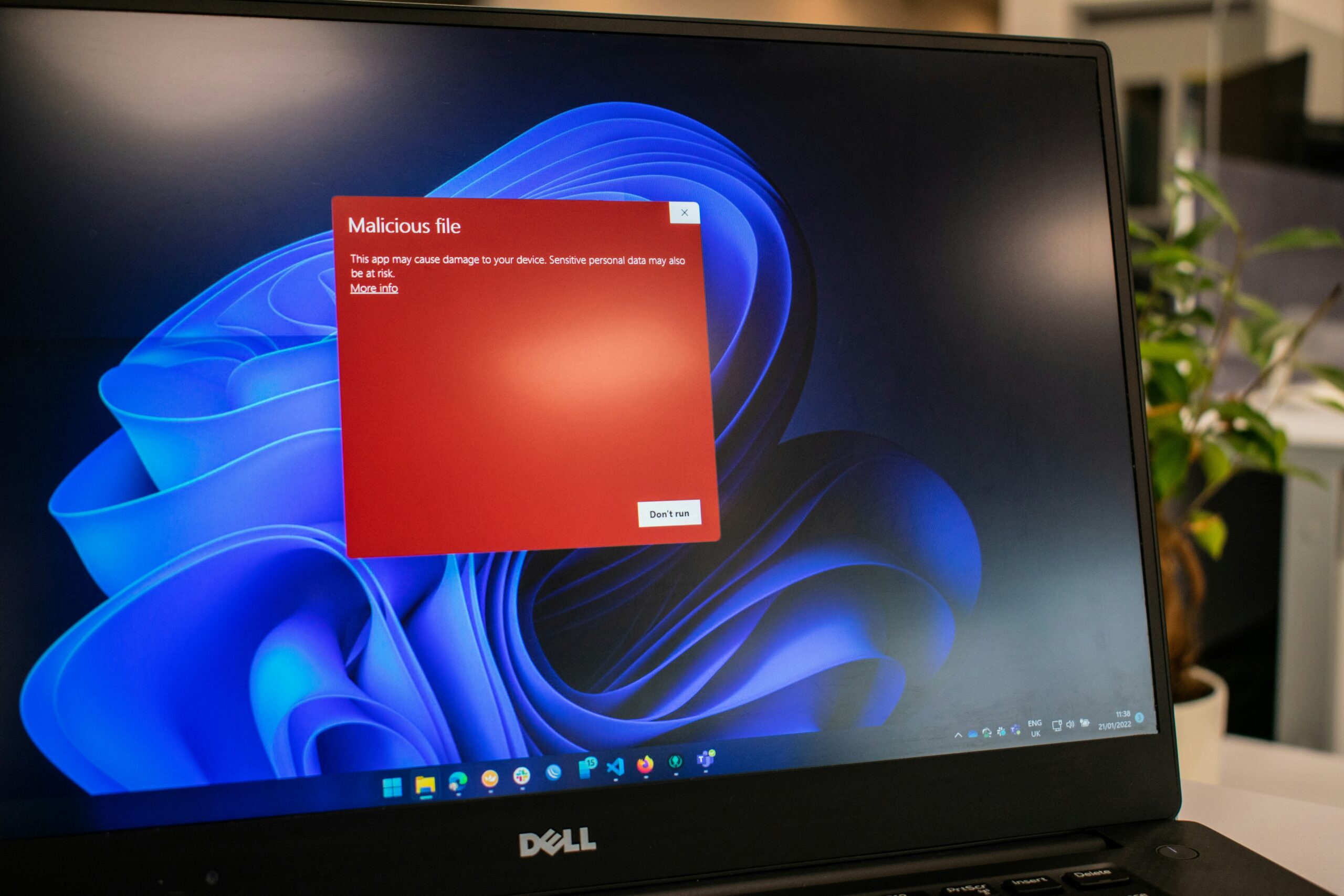
“But I have a firewall and an antivirus program. Isn’t that enough?”
Cybersecurity, like technology itself, is constantly changing.
The front line for cybersecurity has shifted. It used to be that you needed just two things:
- Strong network security – to protect things like internal servers, databases, self-hosted websites, and custom software.
- Strong computer antivirus – to protect your computer from malware, viruses, trojans, and more.
However, over the past decade, everything has changed. Protecting your network and computers remains essential, but the frontline of the battle has shifted outward.
First, networks are now harder to find. Once upon a time, every business had a static IP address, which allowed for easy remote access and the self-hosting of resources. However, it also made networks easier to find and vulnerable to break-ins if security was not well maintained. Many businesses now use dynamic IP addresses, which makes them almost impossible to find.
Second, most businesses operate almost entirely in the cloud, utilizing tools such as cloud storage, website applications, and cloud-hosted email systems. Gone are the days of self-hosted email and websites. For example, over 40% of Fortune 500 companies utilized Google Workspace (https://www.patronum.io/key-google-workspace-statistics-for-2023).
Why maintain a local server when 100% of your data, services, and apps are cloud-based? A network compromise can still be harmful, but because it is harder to access and less data is stored there, it is not as appealing a target as it might have been previously.
Due to this shift, attackers are targeting your online identity to gain access to your cloud data and accounts. They target things like your:
- Online Accounts
- Business Email
- Credential Theft
- Cloud Data Exposure
So, what can we do to protect ourselves? It’s time to take a new approach to cybersecurity, and we call it “Identity Threat Detection and Response” or ITDR.
ITDR monitors identity behavior across the cloud to detect unusual activity, correlate risk signals, and trigger targeted responses.
Some great examples of this new cybersecurity:
- You log in to your email at your business. Five minutes later, someone logs in from California. We lock down your account immediately.
- A large amount of data is shared from your Google Drive account to an external email address. We remove sharing permissions with one click.
- Your credentials have been exposed in a public data dump online. We provide notification of what was leaked and when.
- A bad actor is spoofing your business email to your clients to take advantage of them. We identify where this is coming from and shut down their ability to send.
- QuickBooks Online is compromised, and all your data has been deleted. We provide incremental backups.
- An employee accidentally deletes an entire folder in your OneDrive account. We restore it with one click.
It is a mistake to focus only on network security. Because that is only part of the story…an increasingly smaller part.
Want to learn more? Check out this article: WTF is ITDR

